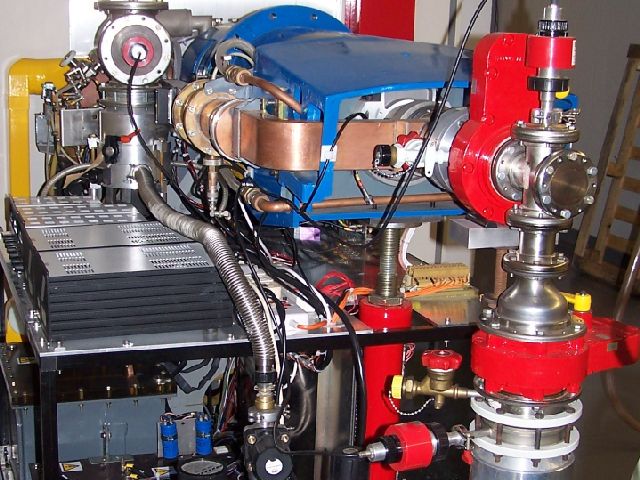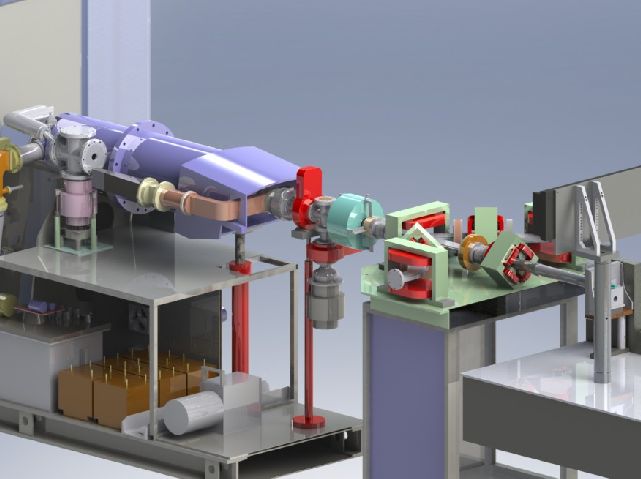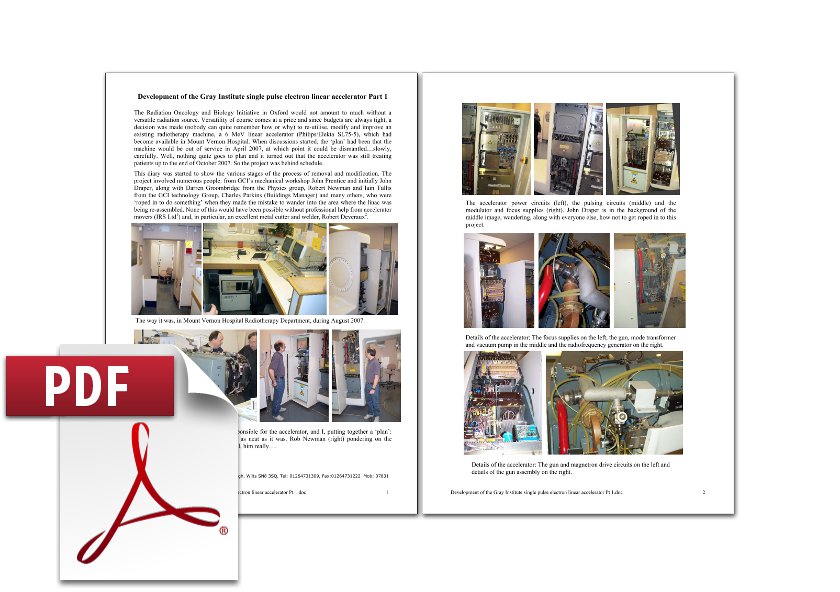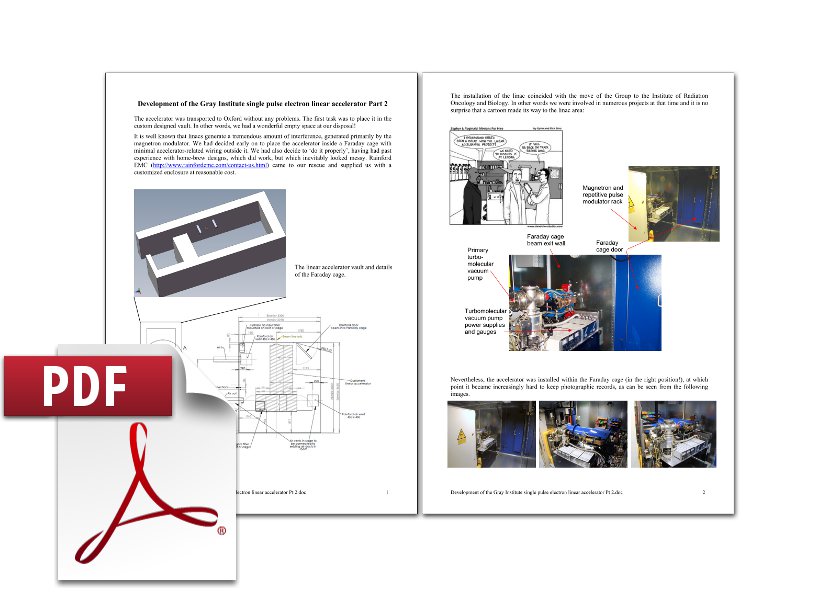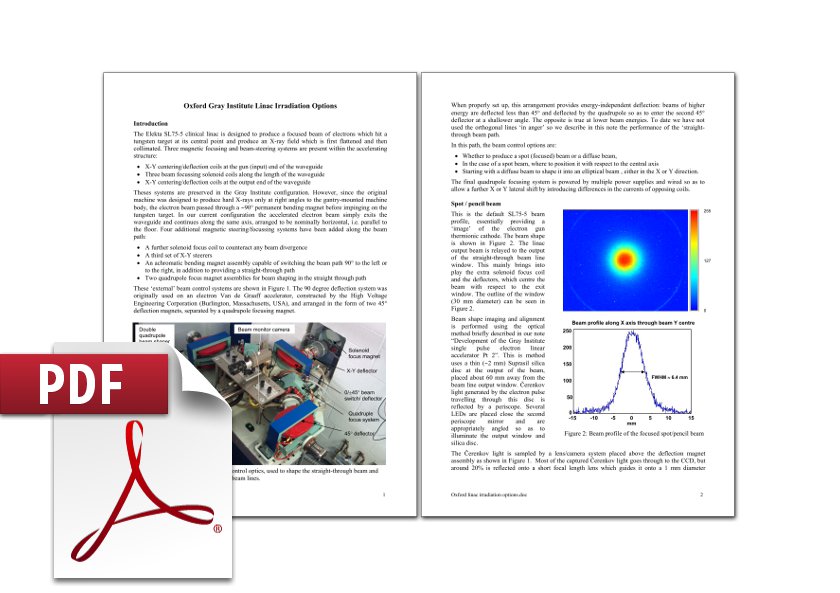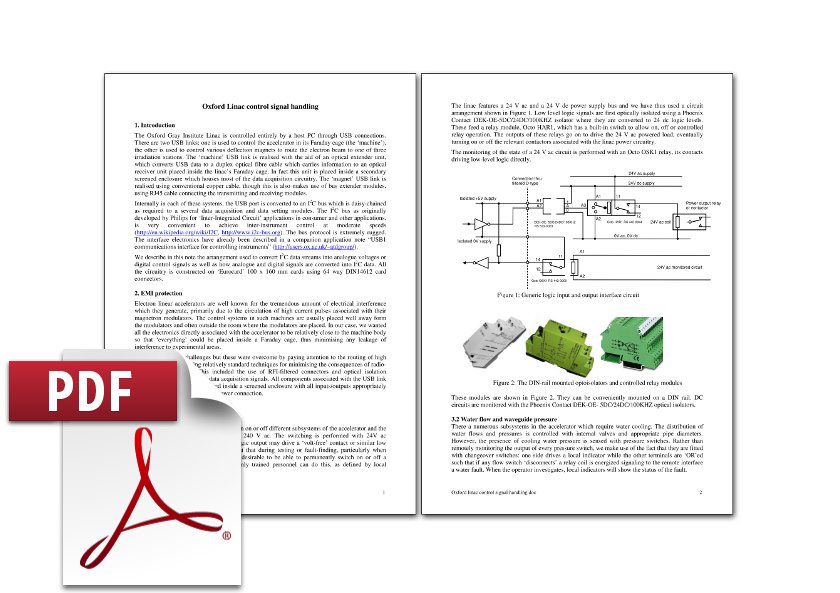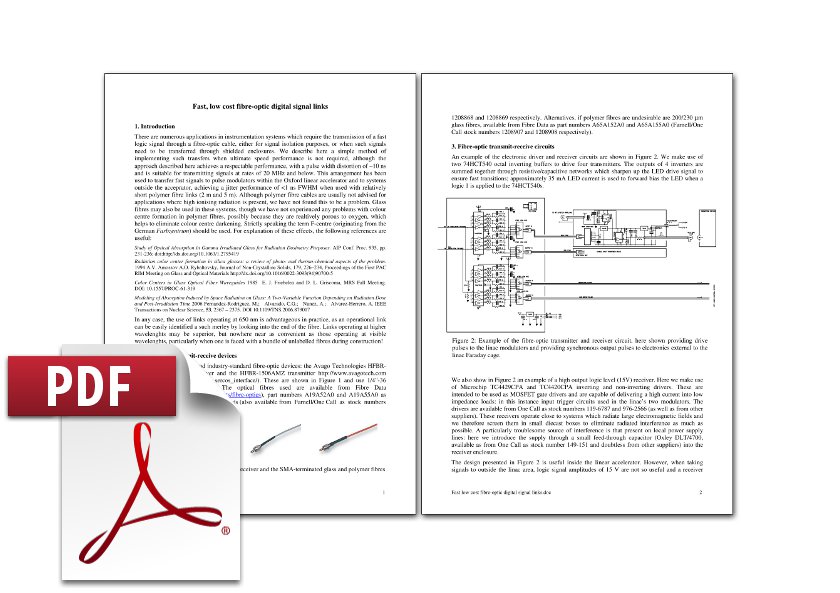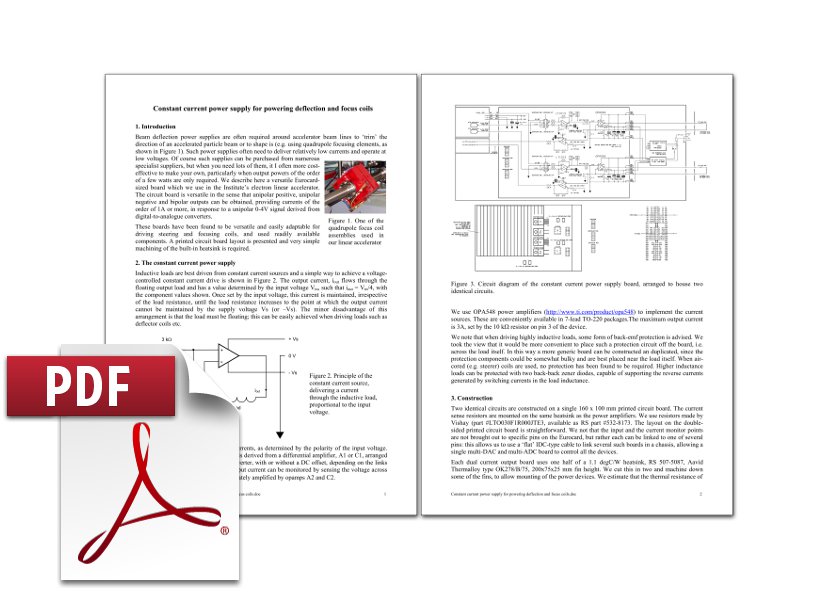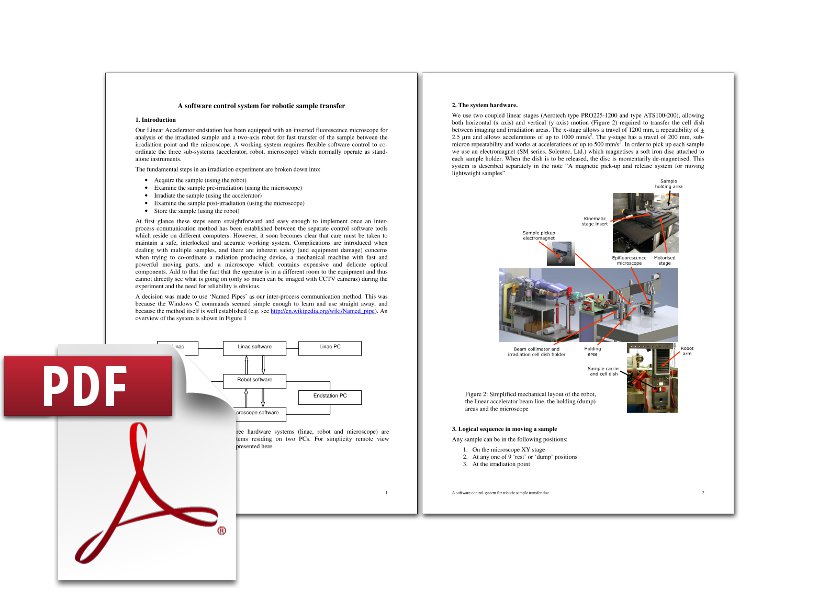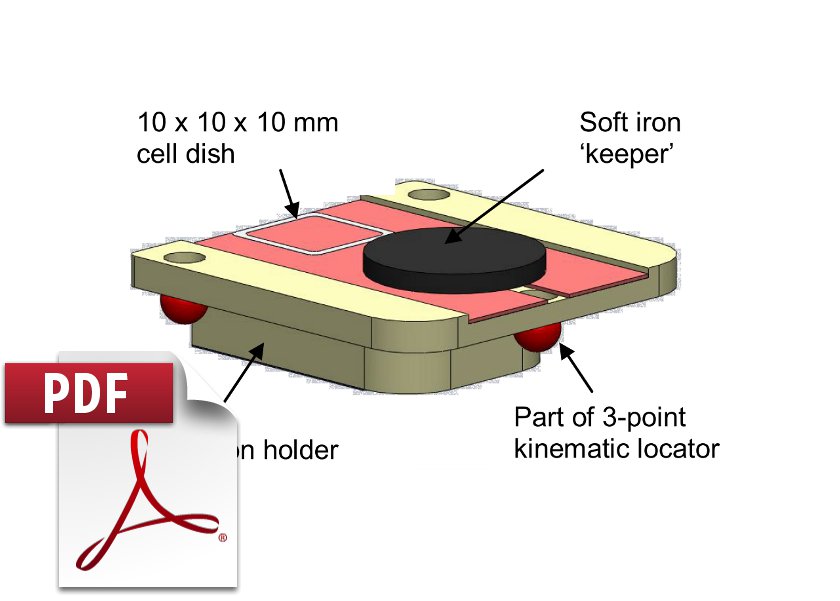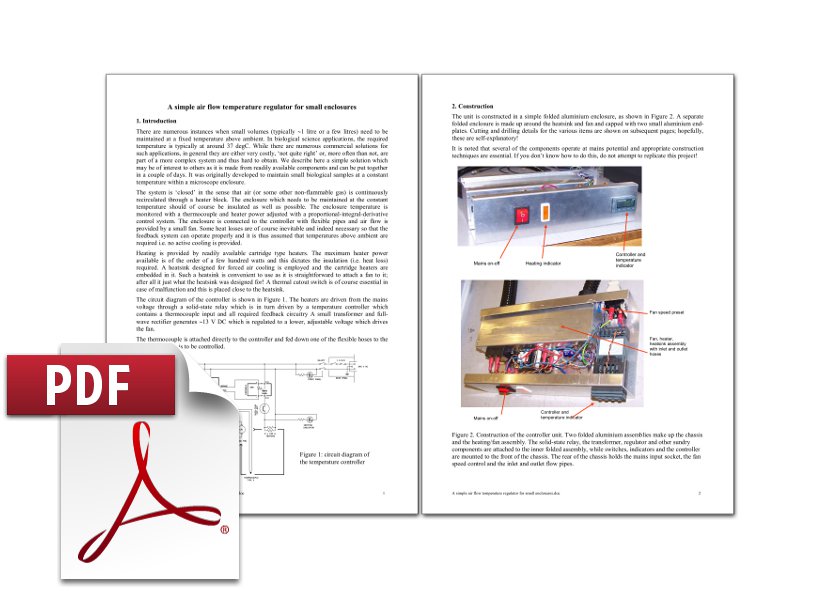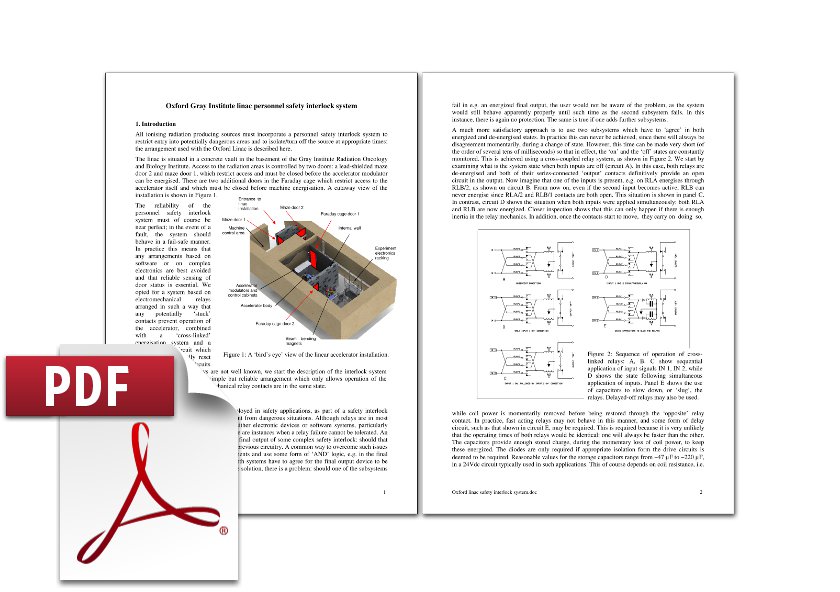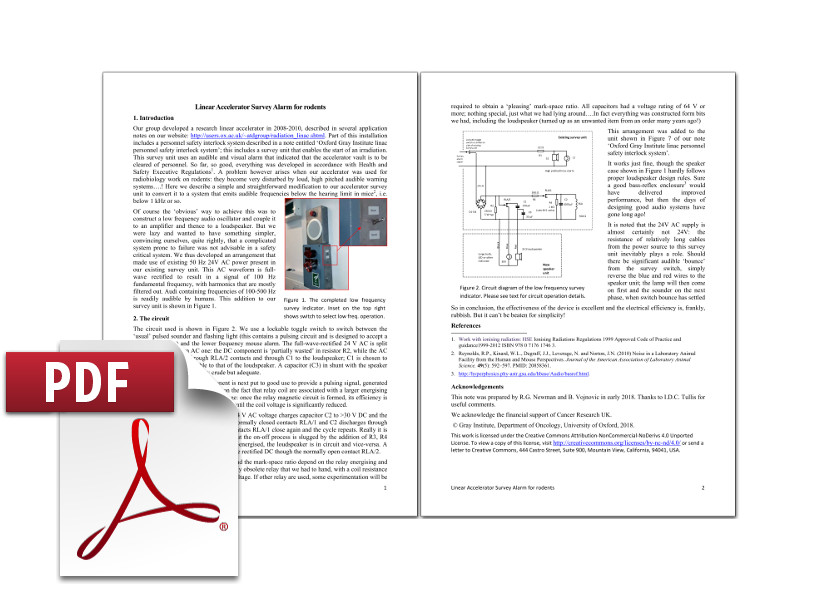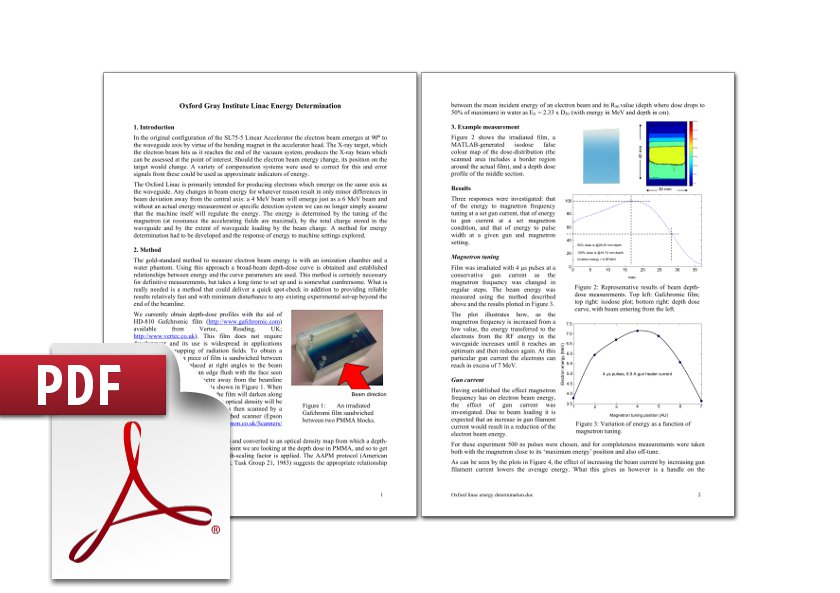Linac - Linear Accelerator
Further Reading
|
Development of the Gray Institute single pulse electron linear accelerator Pt 1 Part 1 of 2 documents that record largly in pictures how the Linac was installed at the Gray. |
Development of the Gray Institute single pulse electron linear accelerator Pt 2 Part 2 of the Linac installation at the Gray. |
|
Oxford linac irradiation options This document describes the beam shapes and temporal profiles that are available from the linac. How these are measured is also described. |
|
|
Oxford linac control signal handling We describe in this note the arrangement used to convert I2C data streams into analogue voltages or digital control signals as well as how analogue and digital signals are converted into I2C data. |
Fast low cost fibre-optic digital signal links We describe here a simple method of implementing transfers of logic signals via fibre optic cables at rates of 20 MHz and below. |
|
Constant Current Power Supply for Powering Deflection and Focus Coils Beam deflection power supplies are often required around accelerator beam lines to ‘trim’ the direction of an accelerated particle beam or to shape it. Such power supplies often need to deliver relatively low currents and operate at low voltages. We describe here a versatile Eurocard- sized board which we use in the Institute’s electron linear accelerator. |
A Software Control System for Robotic Sample Transfer Our Linear Accelerator endstation has been equipped with an inverted fluorescence microscope for analysis of the irradiated sample and a two-axis robot for fast transfer of the sample between the irradiation point and the microscope. A working system requires flexible software control to co-ordinate the three sub-systems (accelerator, robot, microscope) which normally operate as stand-alone instruments. |
|
A Magnetic Pick-up And Release System For Moving Lightweight Samples Robotic sample handling systems often require some form of sample pickup and sample release mechanism. We describe here an arrangement based on a solenoid electromagnet found useful for transporting lightweight samples, such as cell holder/dish used in our irradiation system on an accelerator. |
A Simple Air Flow Temperature Regulator For Small Enclosures There are numerous instances when small volumes (typically 1 litre) need to be maintained at a fixed temperature above ambient. In biological science applications, the required temperature is typically at around 37 degC. While there are numerous commercial solutions for such applications, in general they are either very costly, ‘not quite right’ or, more often than not, are part of a more complex system and thus hard to obtain. We describe here a simple solution which may be of interest to others as it is made from readily available components and can be put together in a couple of days. It was originally developed to maintain small biological samples at a constant temperature within a microscope enclosure. |
|
Oxford linac safety interlock system All ionising radiation producing sources must incorporate a personnel safety interlock system to restrict entry into potentially dangerous areas and to isolate/turn off the source at appropriate times; the arrangement used with the Oxford Linac is described here. |
Linear Accelerator Survey Alarm for rodents A simple and straightforward modification to our accelerator survey unit to convert it to a system that emits audible frequencies below the hearing limit in mice. |
|
The Oxford Gray Institute Linac is controlled entirely by a host PC through just 2 USB connections. This document describes the C-based software that does this. |
Oxford linac energy determination A method for beam energy determination has been developed and the response of this energy to the machine settings explored. |


